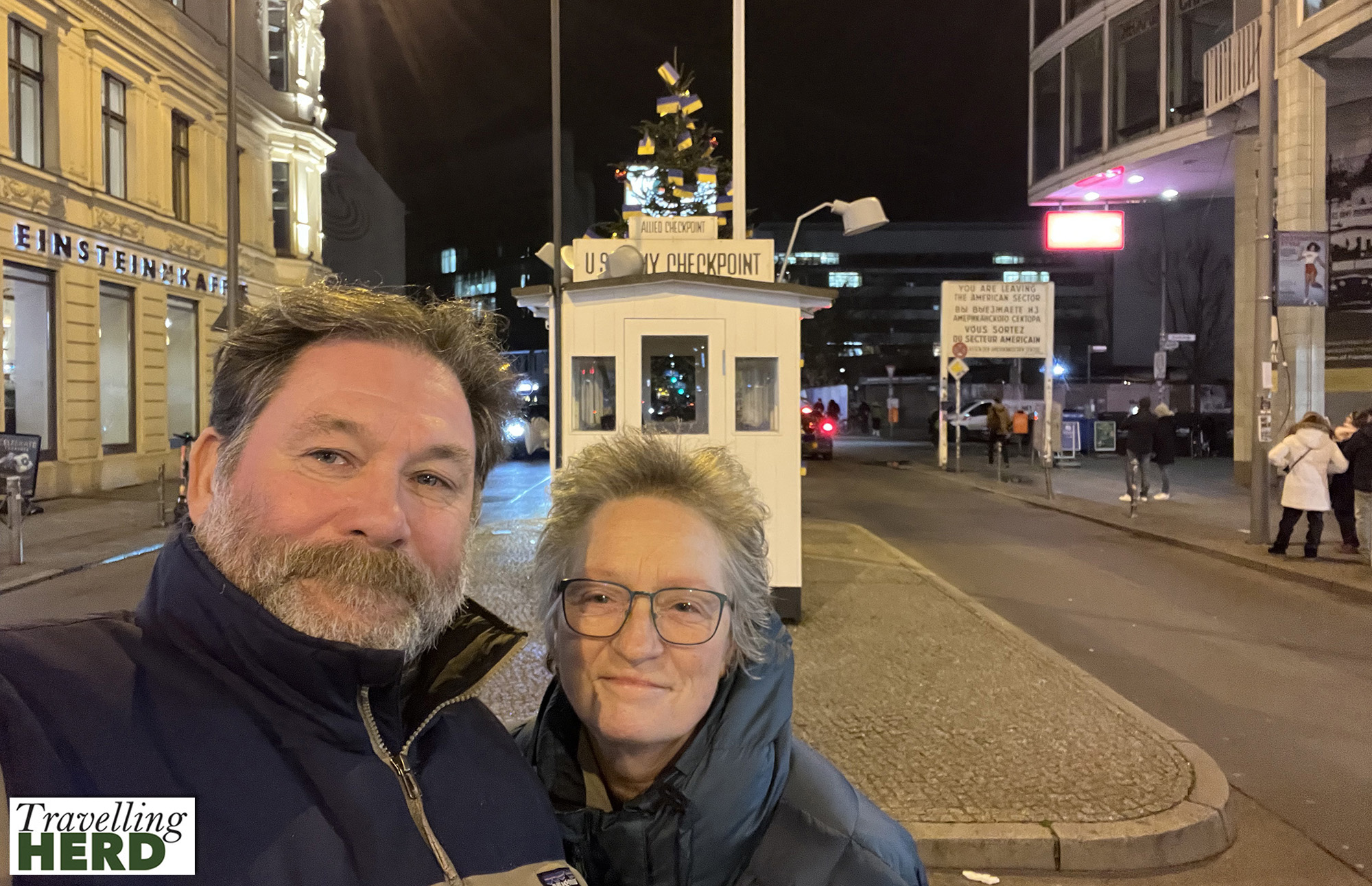Read this blog: The one where we find out that people like pink.
Thursday 5th December 2024
Robert had a browse through the sights recommended on GPSmyCity and was delighted to discover the existence of Ritter Sport Colourful World of Chocolate.
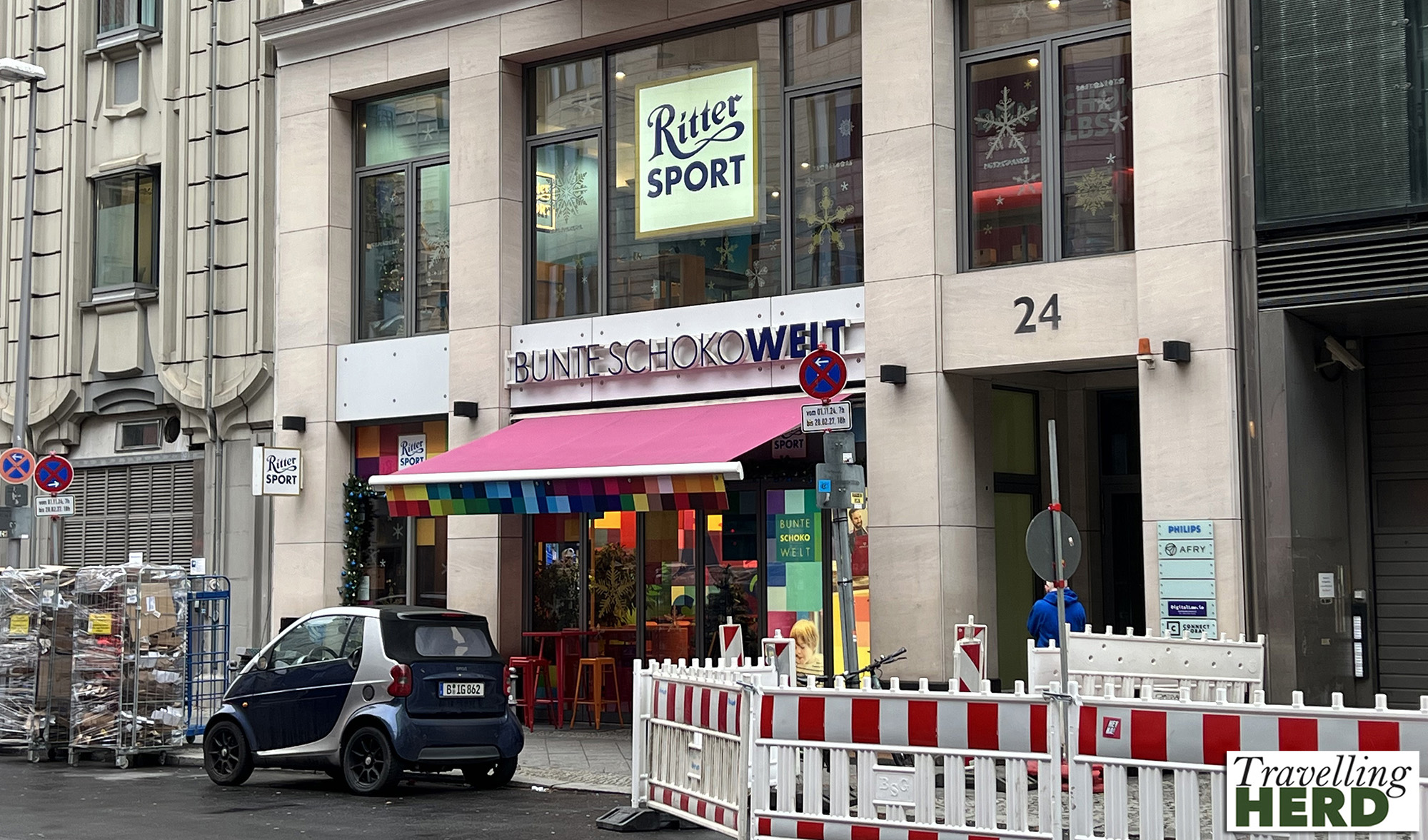
Here, you can book a session to make your own personalised bar of Ritter Sport or you can choose your own favourite ingredients and a member of staff will create an individual bar of chocolate to your specification. This takes about a half to three quarters of an hour to produce. We settled for buying a selection of the special editions available.
Unsurprisingly, the shop is essentially wall to wall chocolate.
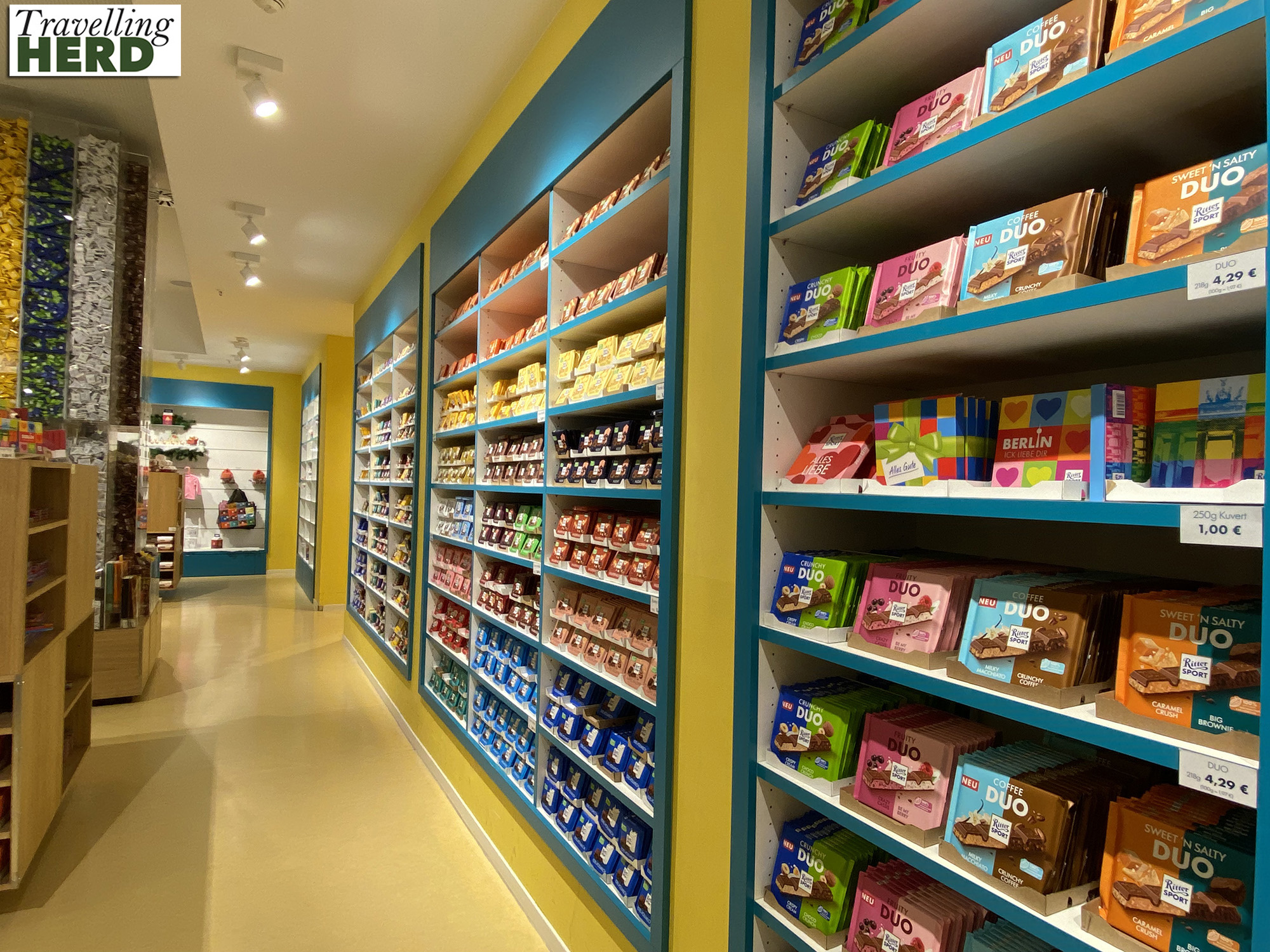
Around Berlin there are lots of “Buddy Bears”. The bear has long been associated with Berlin and these colourful sculptures have been installed across the city to represent tolerance. Of course, the bear inside the Ritter Sport shop sported colourful squares and looked as though it had been dipped in chocolate.
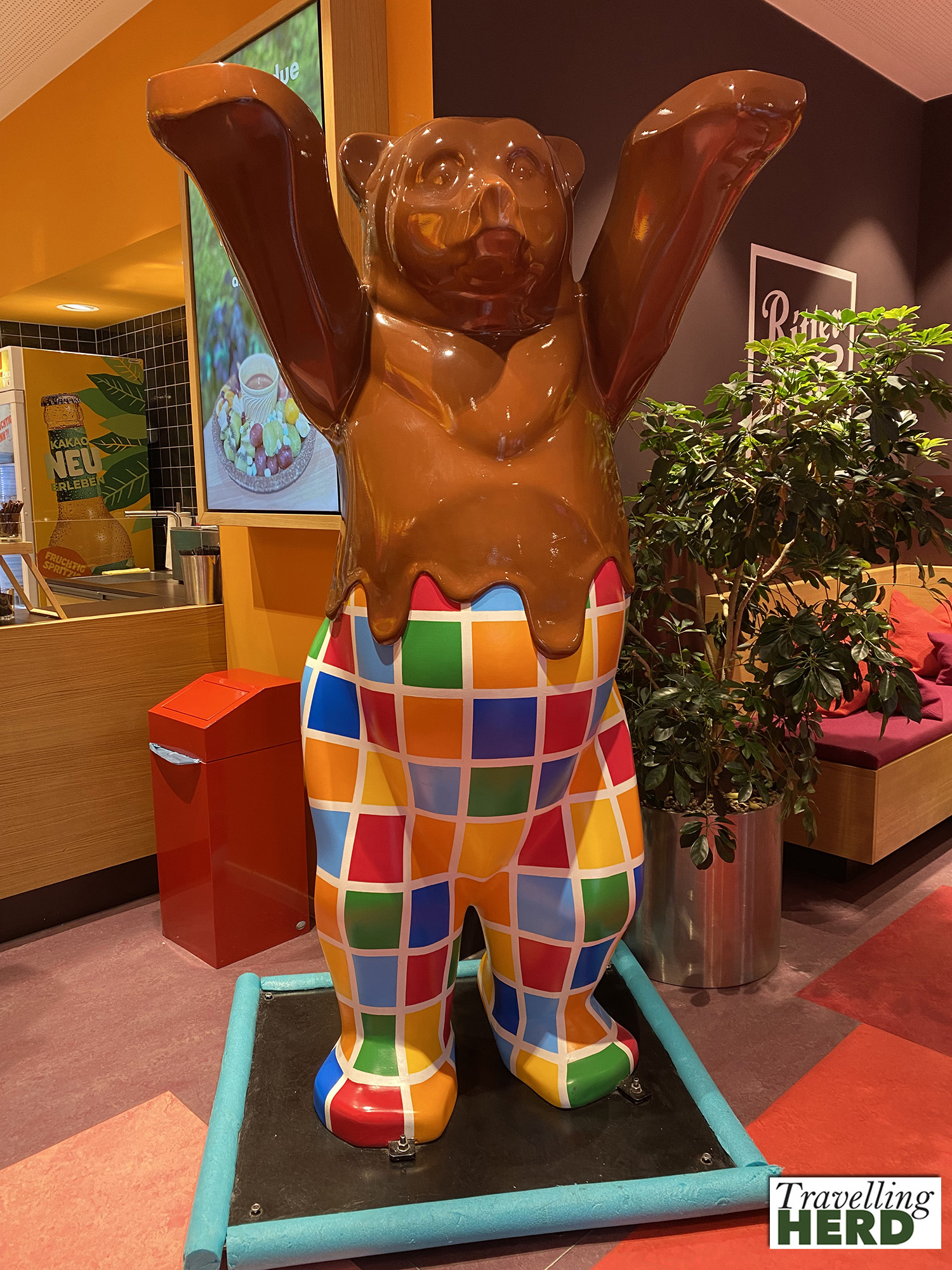
From here we walked to the Deutsches TechnikMuseum [German Museum of Technology].
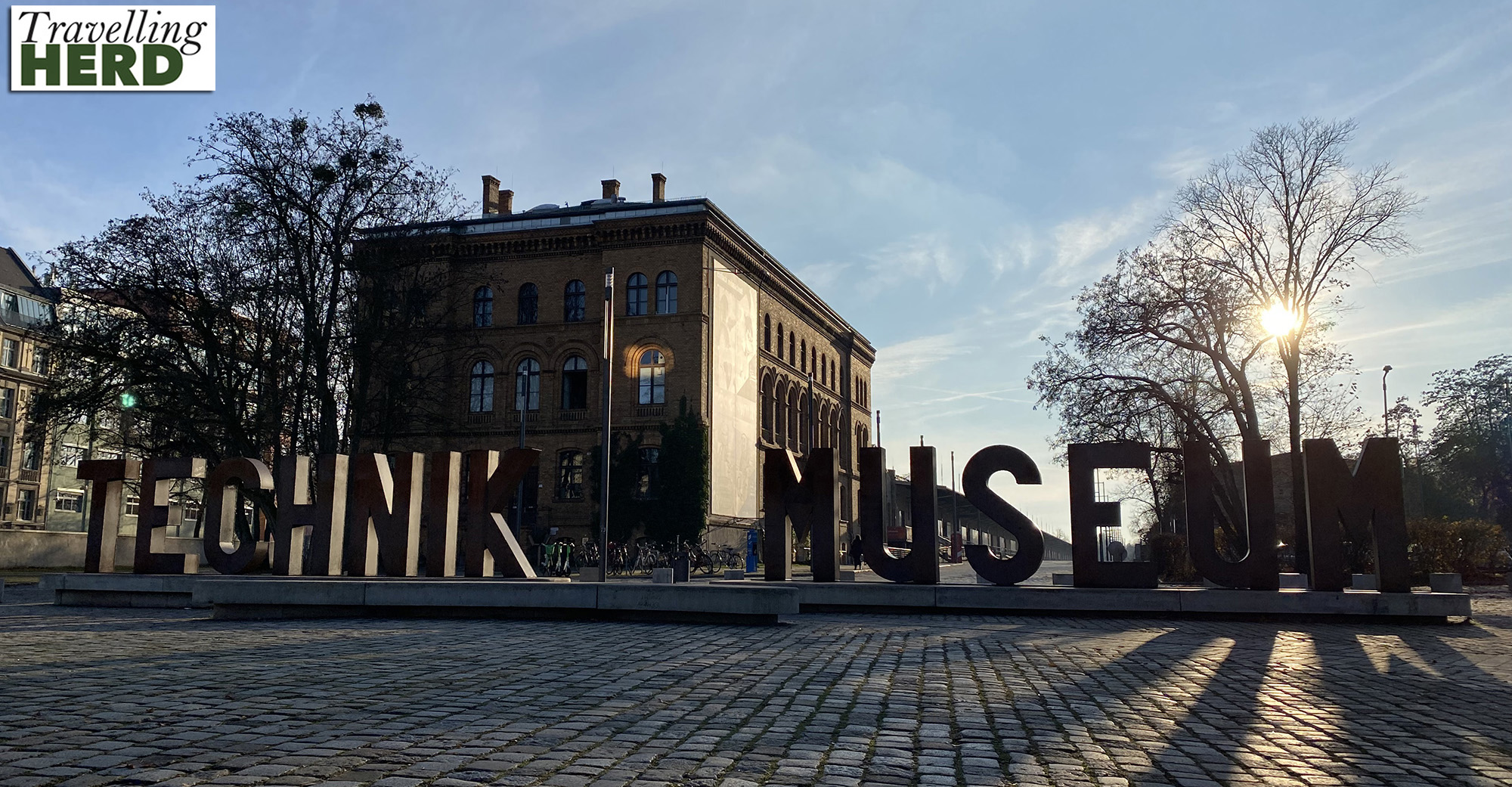
The museum occupies a vast 28,500 m2 site where the freight yards for the old Anhalter Station once stood. Formerly one of Berlin’s busiest railway stations, this was badly damaged in WWII and the station was eventually closed in 1952 when the East Germans diverted all trains away from West Berlin.
As you approach, a plane suspended from the front of the building gives you an idea of the sheer size and scope of the museum.
The plane is a transport aircraft of the type used by the British and American forces to airdrop supplies into Berlin during what became known as the Berlin Blockade imposed by the Soviets in 1948/49. The Americans referred to the planes as Candy Bombers but the people of Berlin referred to them as Rosinenbomber or Raisin Bombers.

Inside the museum is filled with exhibitions covering a wide range of technologies including aeronautics, navigation, railways, cars, telecommunications, the development of computing, the world of sugar, pharmaceuticals and much more.
As befits a museum on old railway land there are many locomotives and when we came to create this blog these, unsurprisingly, seemed to be the focus of most of Robert’s photographs.
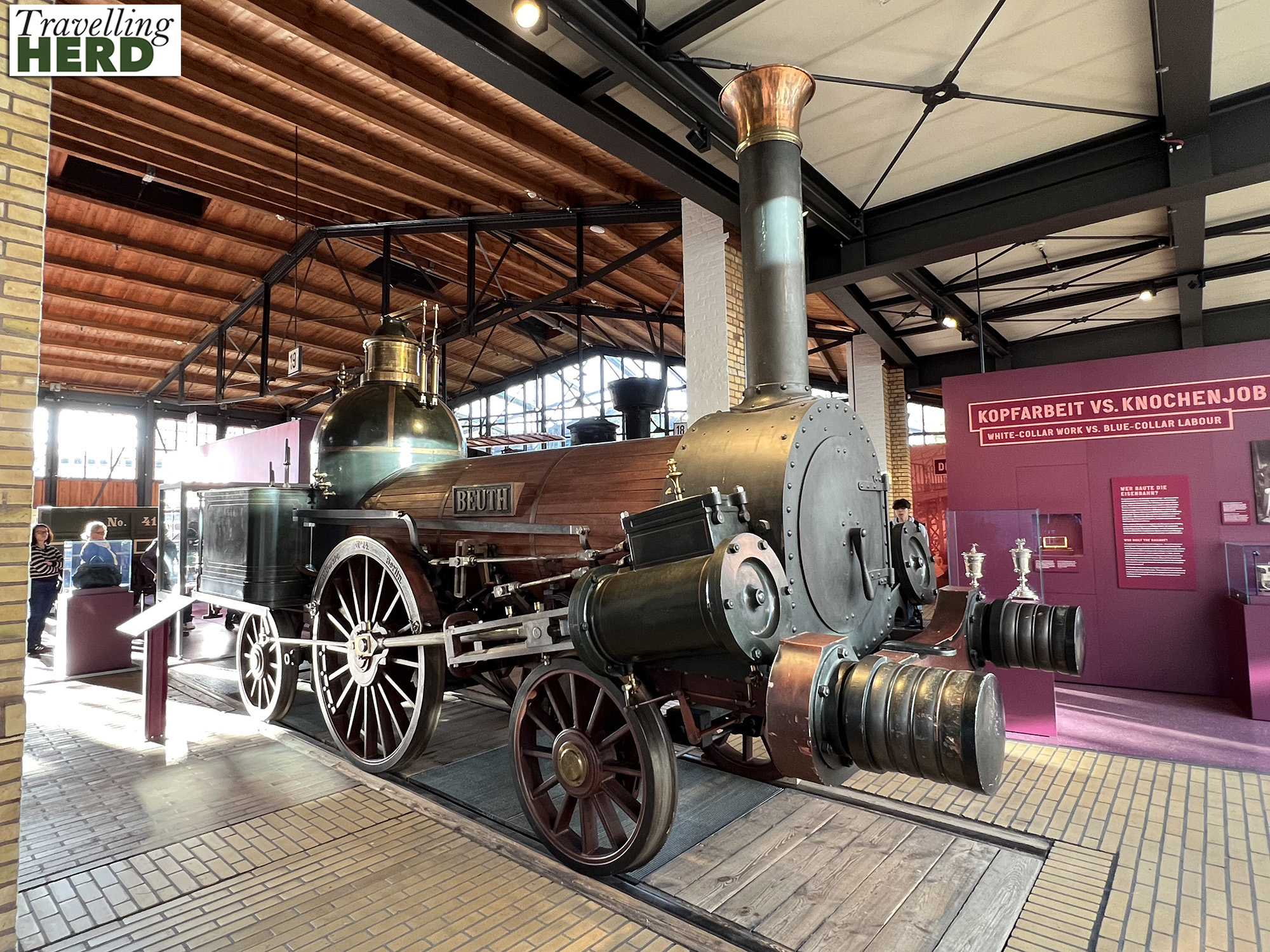
Many of the locomotives are displayed in what would have been the engine shed: a semi-circular arced building.
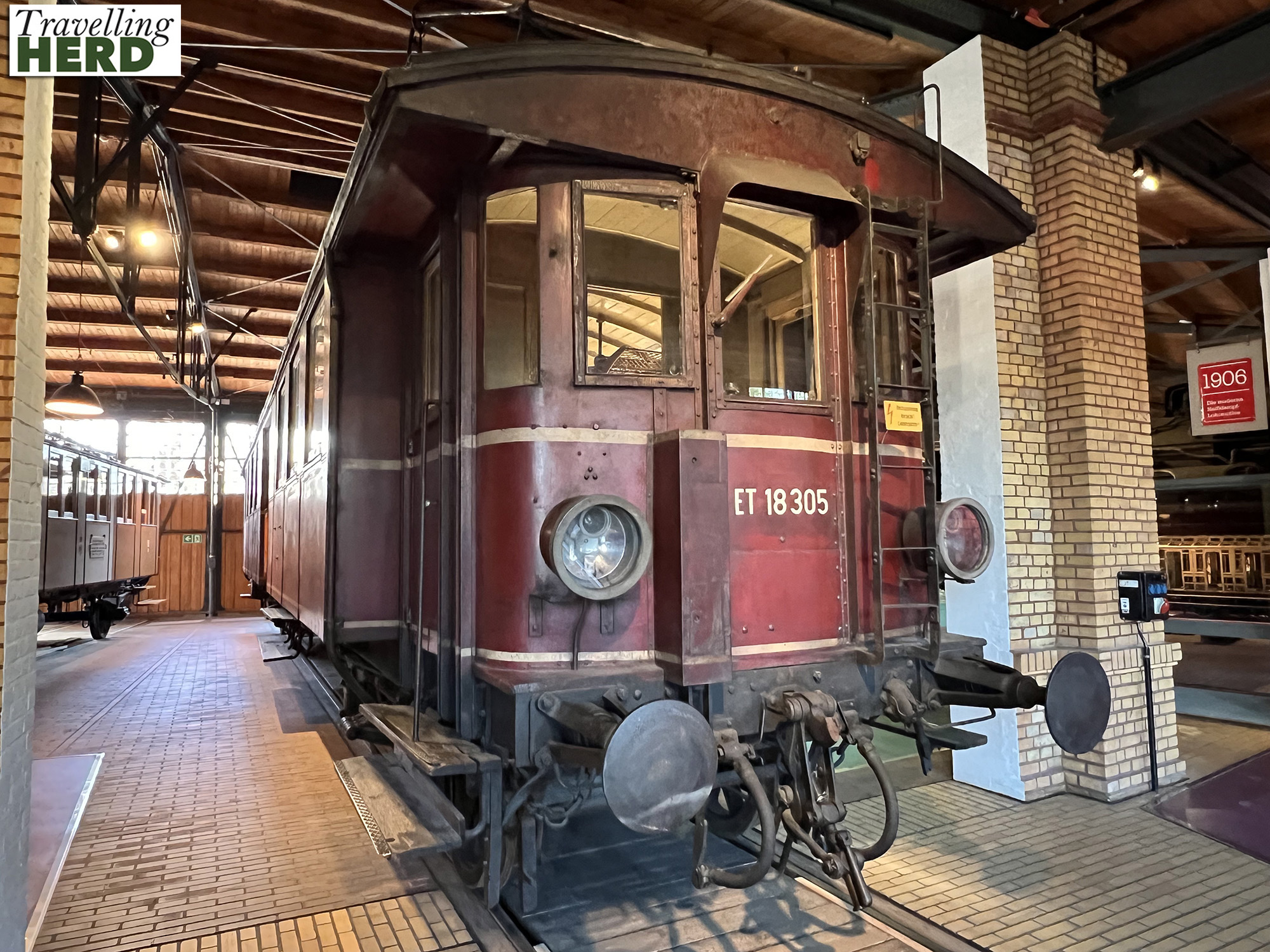
In one area you can walk up to a mezzanine viewing platform to look at the turntable which has been retained outside the shed.

Many of the tracks into the shed have also been retained as convenient display stands for the engines.
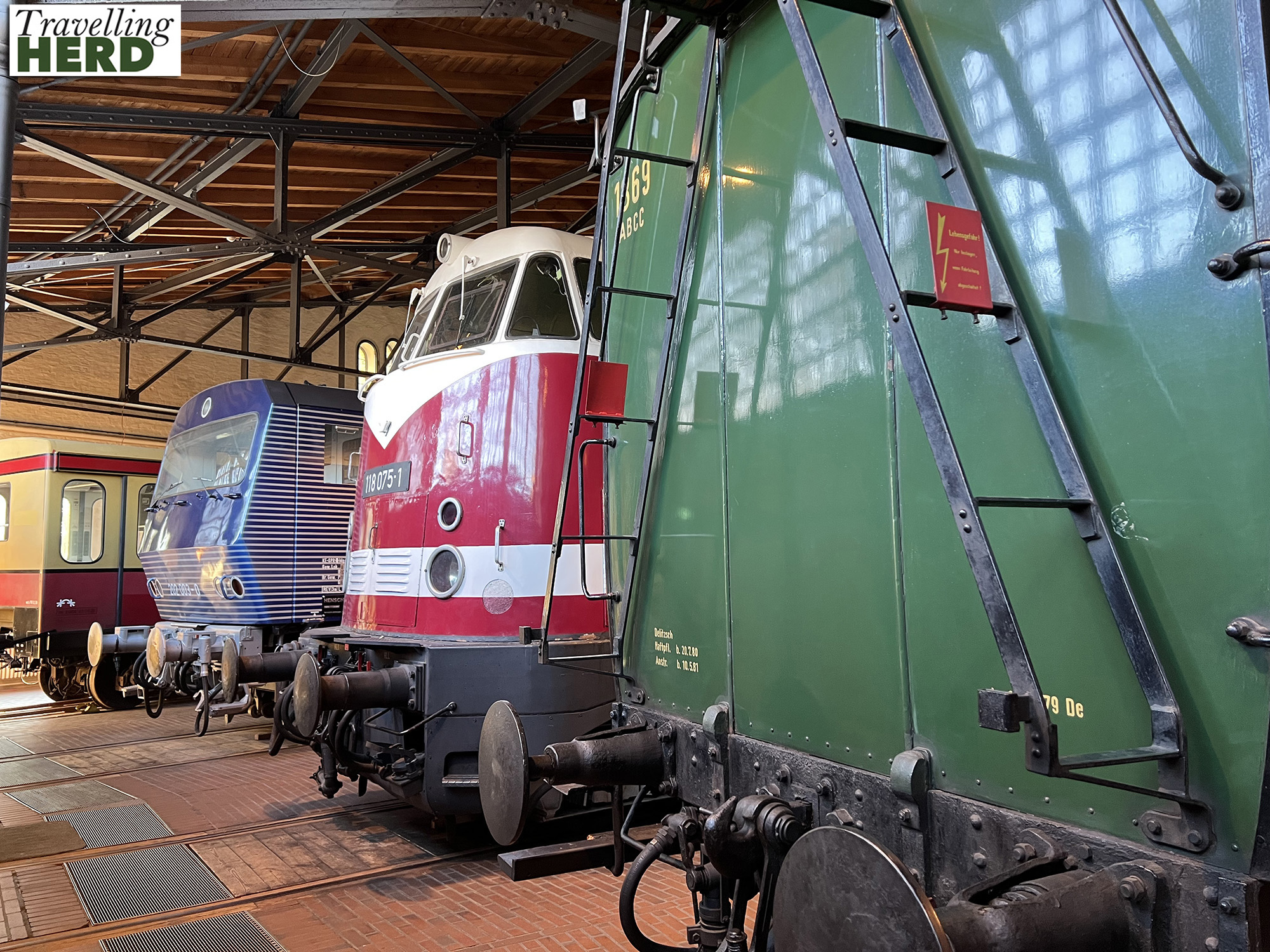
A scale model of the old Anhalter Station yards gives an idea of its size and previous glory.
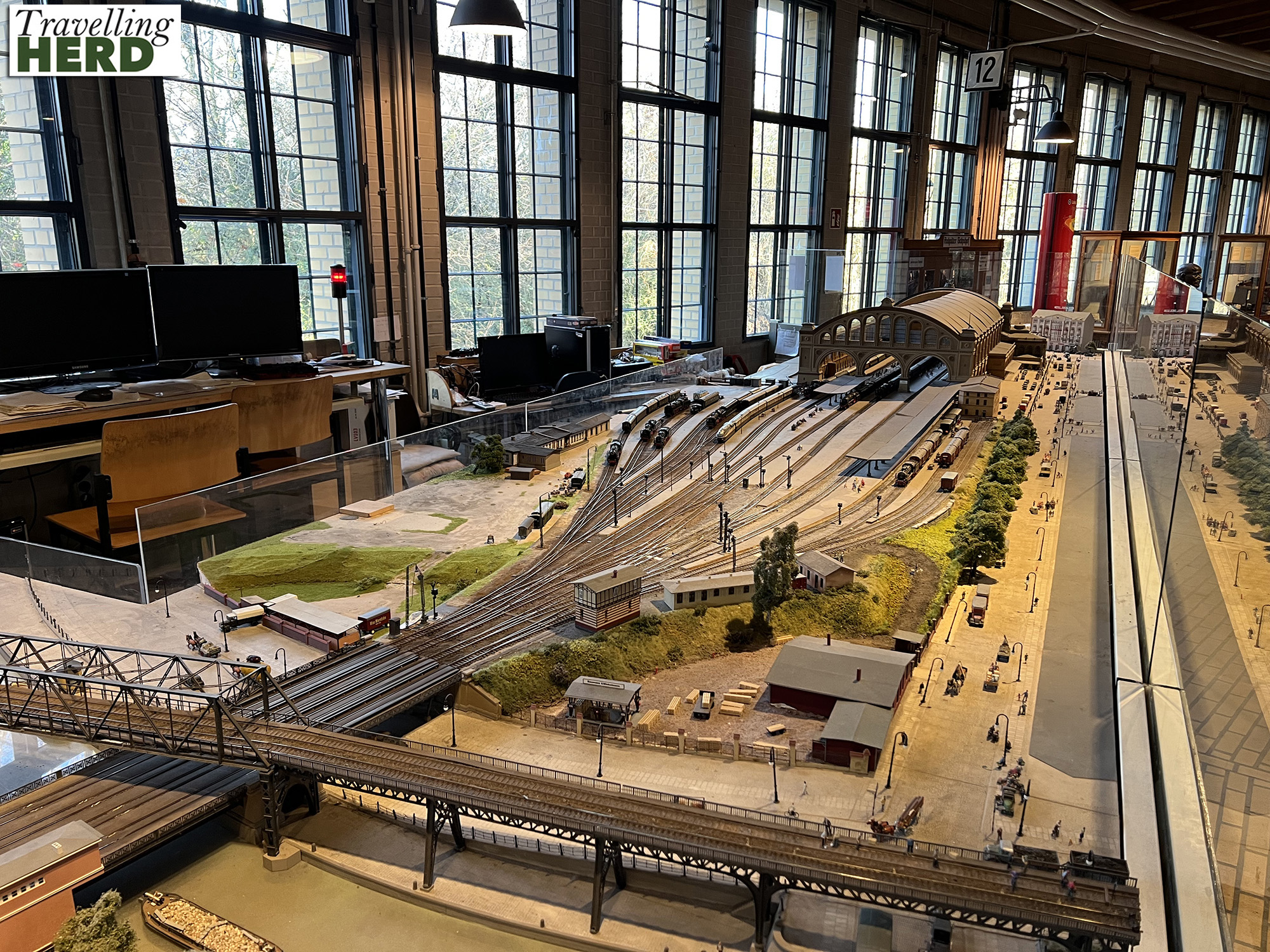
Another section of the museum is dedicated to printing. Robert was pleased to see a Heidelberg printing press on display although it was significantly smaller than the ones he worked with in the 1990s. Matilda found the pharmaceuticals exhibit particularly interesting.
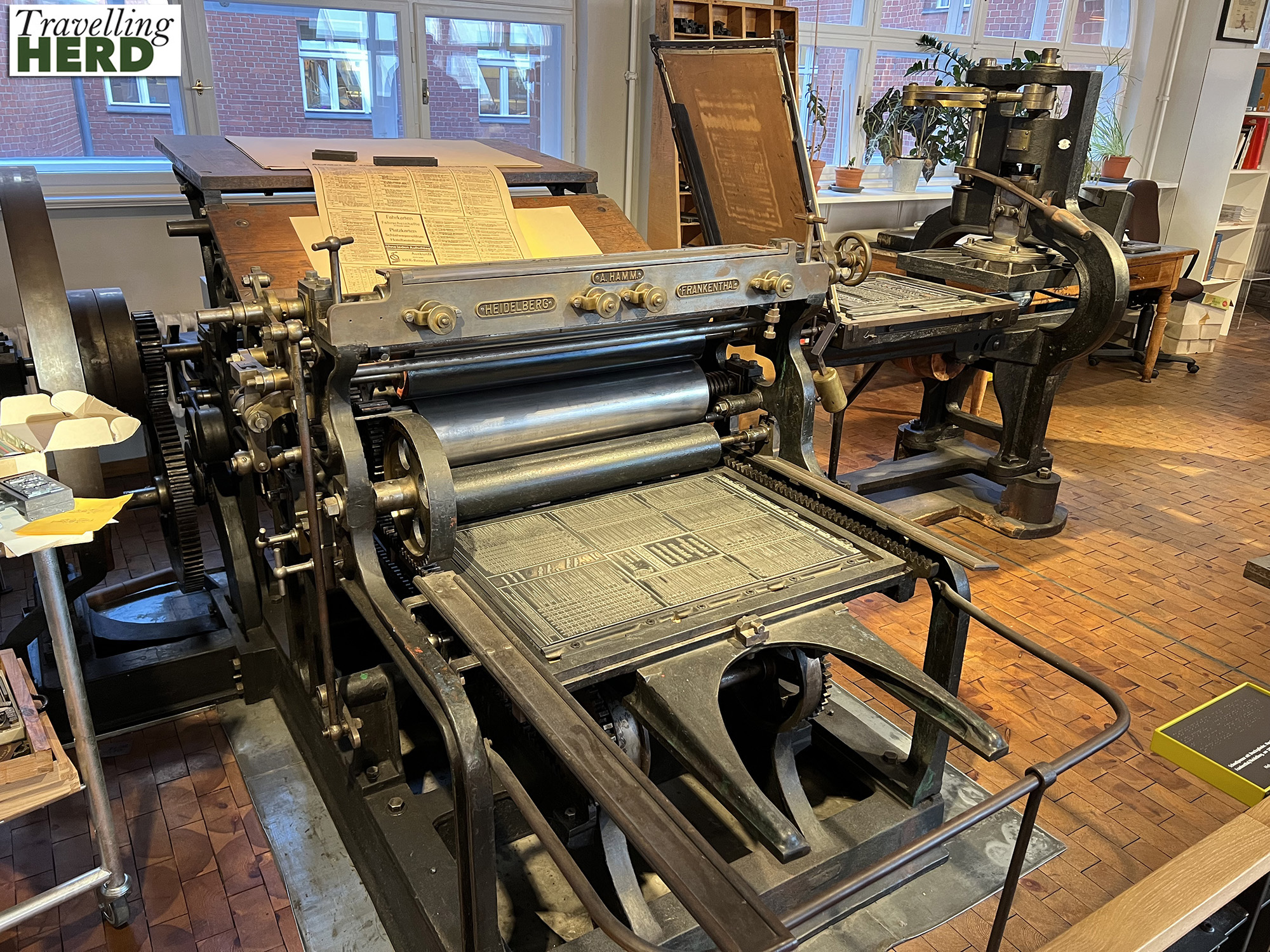
From here we decided to walk to the East Side Gallery.
As we walked around the city we noticed pipework above ground at a height which we thought could have been the level of the old Berlin Wall. In fact the pipes are a result of the fact that Berlin was built on swamp land.
These large pipes stretch for miles around the city and were originally meant to be temporary. They are used to pump groundwater from construction sites into the River Spree and other waterways. The water table is close to the surface in Berlin and without these pipes, construction would be difficult.
After consultation psychologists made the ground-breaking discovery that “people like pink” and the majority of the pipes are either pink or blue. The many twists and turns help to prevent shrinkage and damage in cold weather.
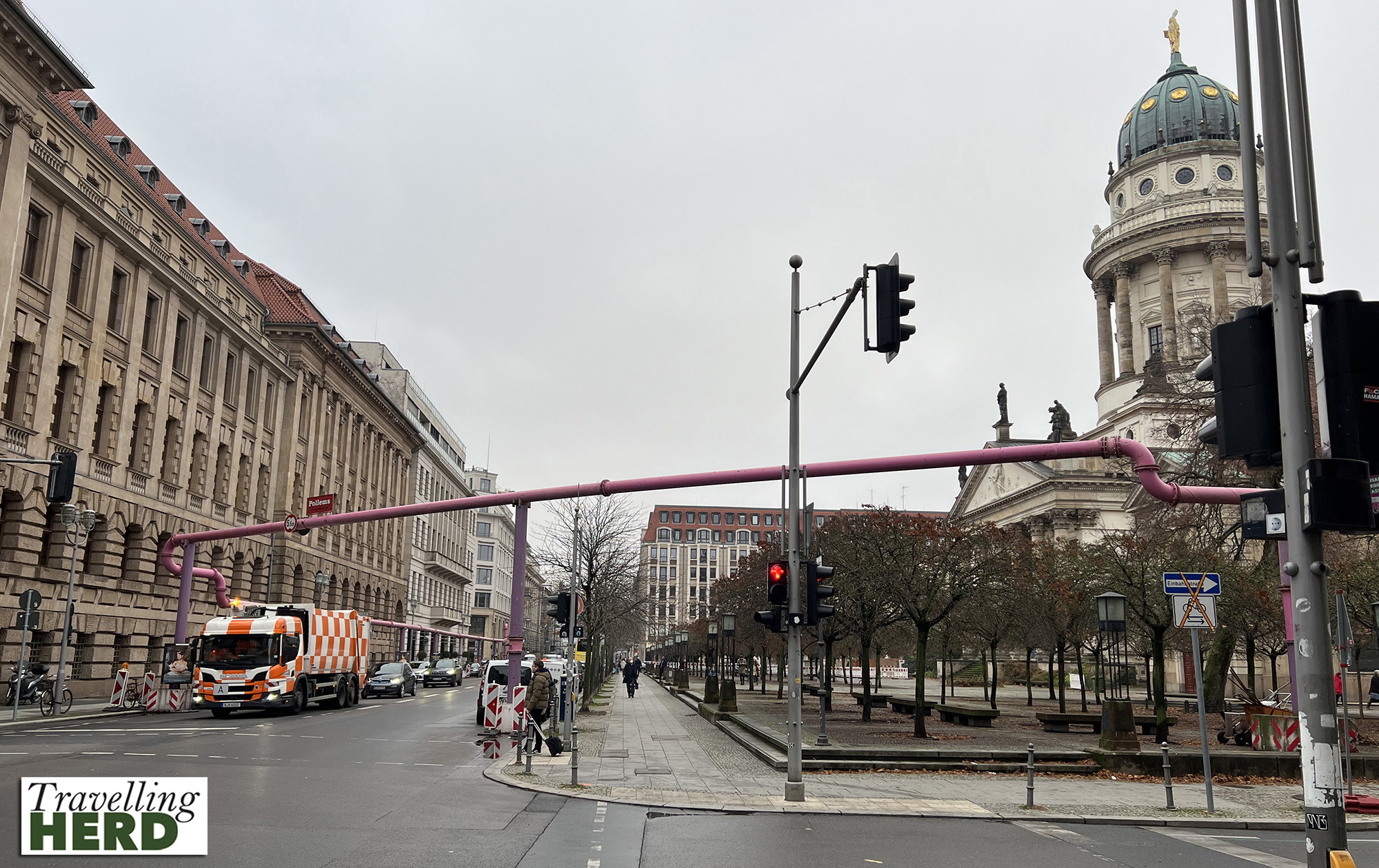
Matilda first visited Berlin for work in late November/early December 1989 just as the wall came down. The East Side Gallery is a one mile section of the Berlin Wall along Mühlenstraße displaying a huge range of graffiti. Historically, at this point the whole of the River Spree from bank to bank belonged to East Berlin/Germany and West Berlin ended at the riverbank in Kreuzberg.
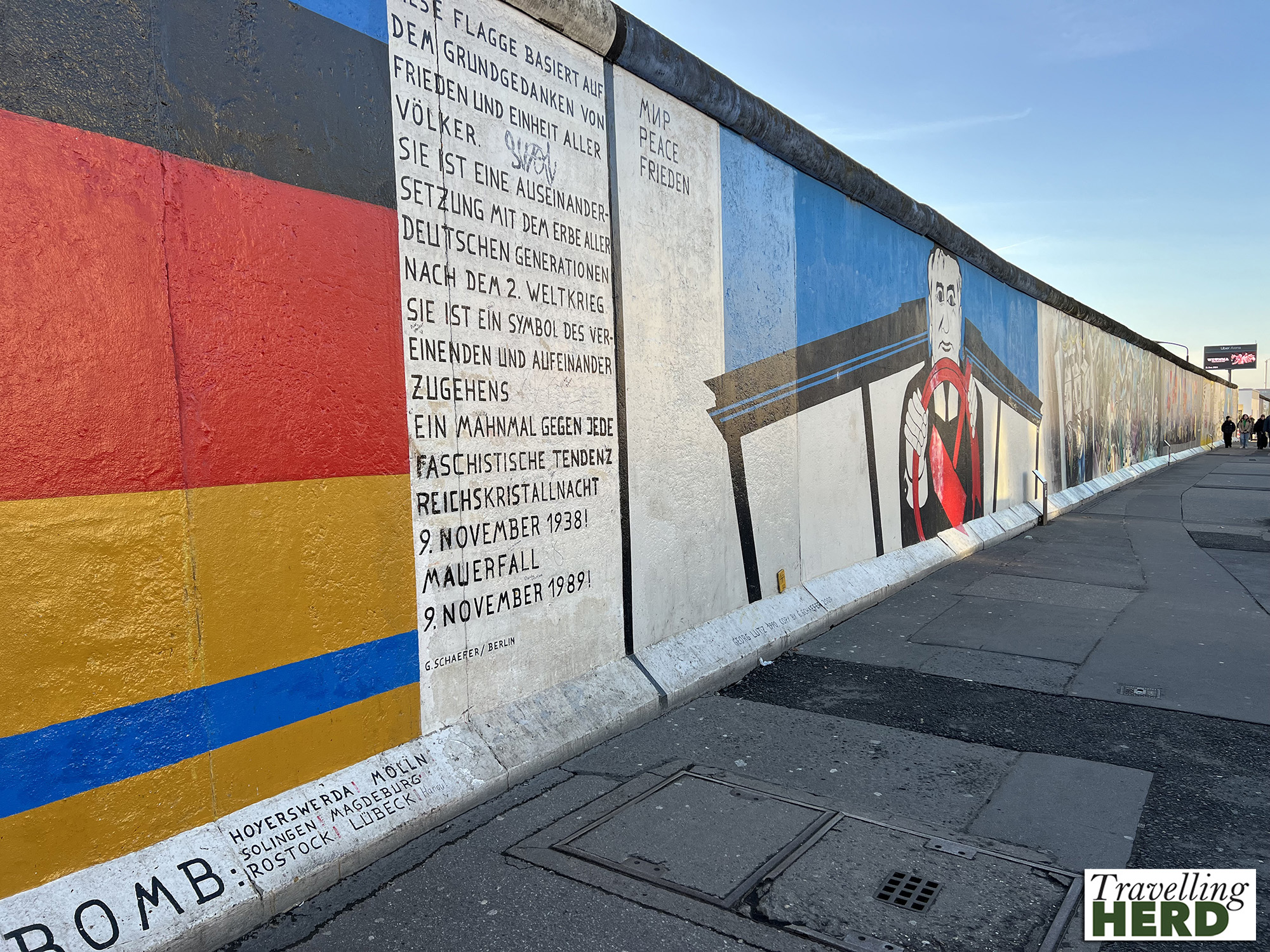
In 1961, Oberbaumbrücke Bridge was walled up and access to the Spree blocked off by fences on the bank at Mühlenstraße.
GDR border soldiers patrolled behind the wall. They were under orders to stop fugitives at all costs – by shooting if necessary. Seven people died here in the border area trying to escape across the river, three of them were shot. In 1972 a border crossing was set up on Oberbaumbrücke. Here it was possible to pass on foot from West Berlin to East Berlin, and pensioners from the GDR were able to travel to West Berlin.
The old border guard building is still here and those who are interested can get an old-style East Berlin visa stamped in their passport. We both felt that if we had had our expired passports with us we might have indulged.
From here we walked back to West Berlin over the Oberbaumbrücke Bridge and on to Markthalle Neun [Market Hall Nine].
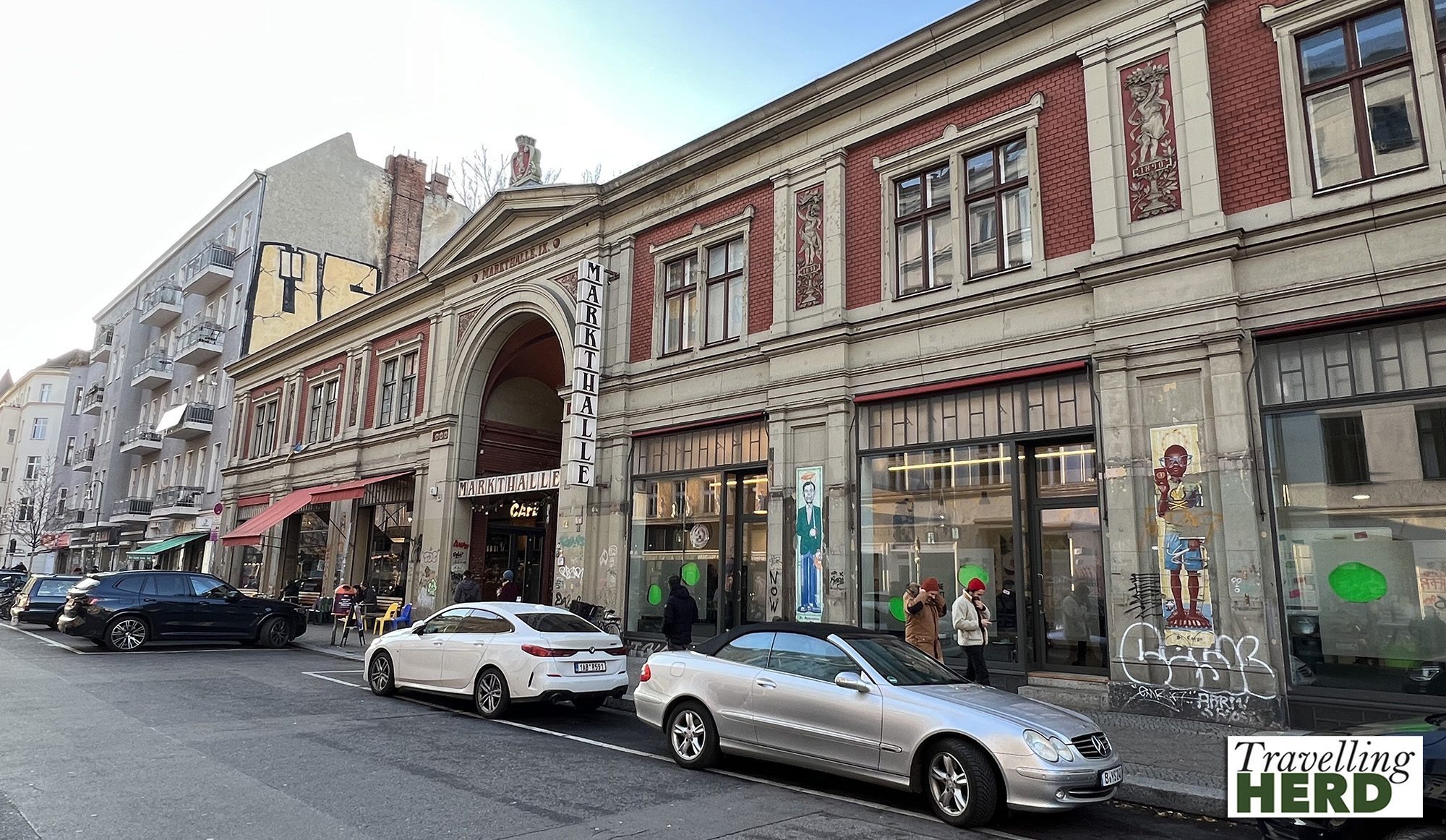
In April 1847, poor harvests had caused food prices to quadruple and many people in the city were starving. Eventually angry and hungry demonstrators looted the markets, bakeries and butchers shops. It took the military three days to quell the unrest.
The old supply infrastructure could clearly no longer serve the needs of the rapidly growing city. In 1881, the city council agreed to develop a series of market halls which would not only address the appallingly unhygienic conditions at the old weekly markets but ensure a steady supply of food. A central marketplace was to be built at Alexanderplatz and a further 14 market halls were to be built in densely populated areas. This is obviously the ninth of these. Just four of the 14 now survive as markets.
The Berlin railway provided a cheap way to transport food. On 2 May 1886, the central market hall on Alexanderplatz and the first three smaller market halls were opened. The remaining market halls were built by 1892. Market Hall IX opened on 1 October 1891 between Eisenbahnstraße and Pücklerstraße.
At the time it was built it met the most modern hygiene standards of the day with cooling facilities in the basement and the capacity to dispose of a large volume of water. The gateways were wide enough to allow horse drawn vehicles to enter and shed roof windows provided light and ventilation.
Matilda was pleased to see that the old fashioned system of rodent control was still on hand, if needed.
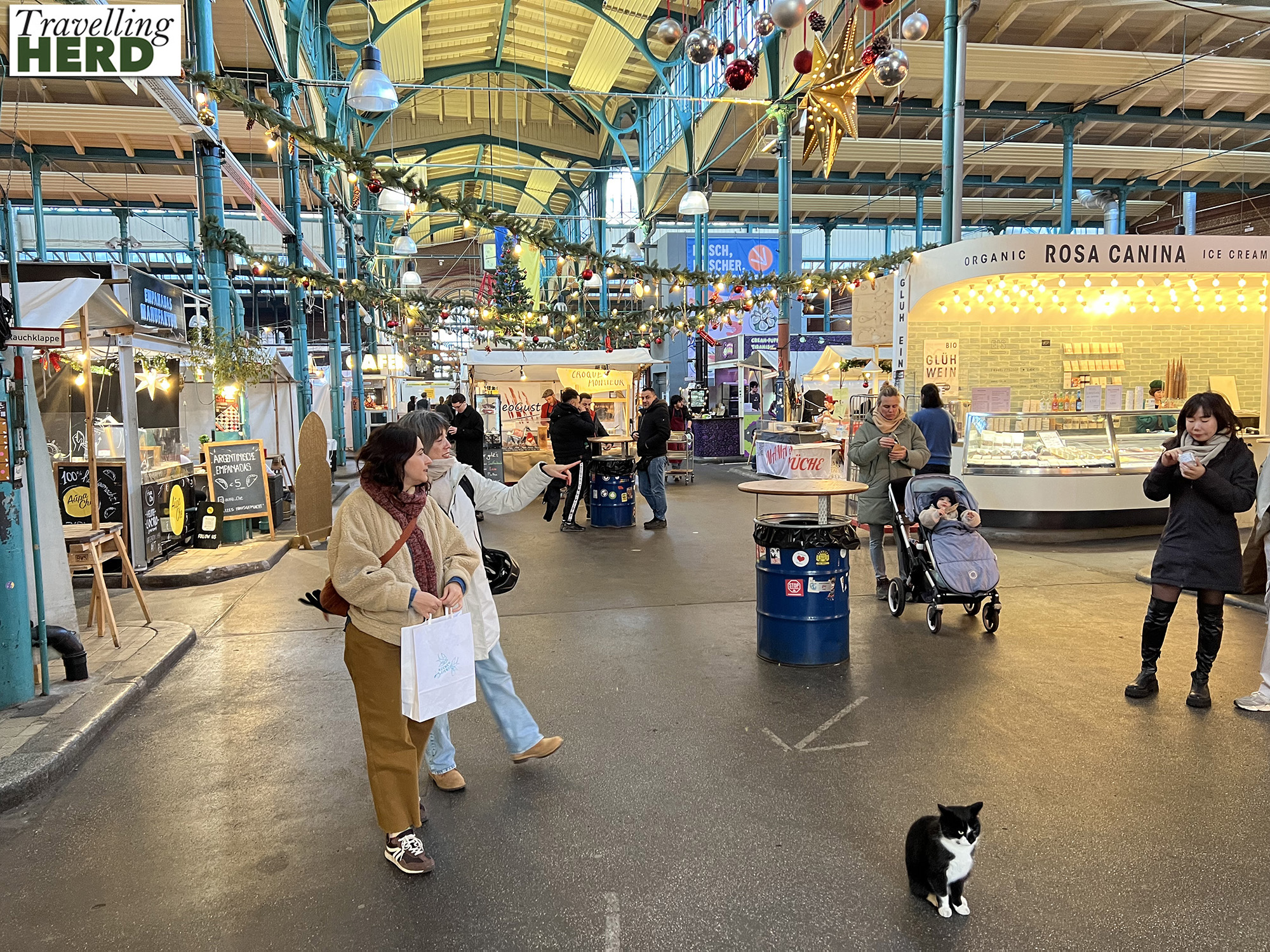
Nowadays the market offers international cuisine and local crafts and you can also sample the beers at HiedenPeters – the on-site brewery. Currently the market holds an event known as “Street Food Thursday” every week with a range of vendors which rotate weekly though the most popular have given a regular spot.
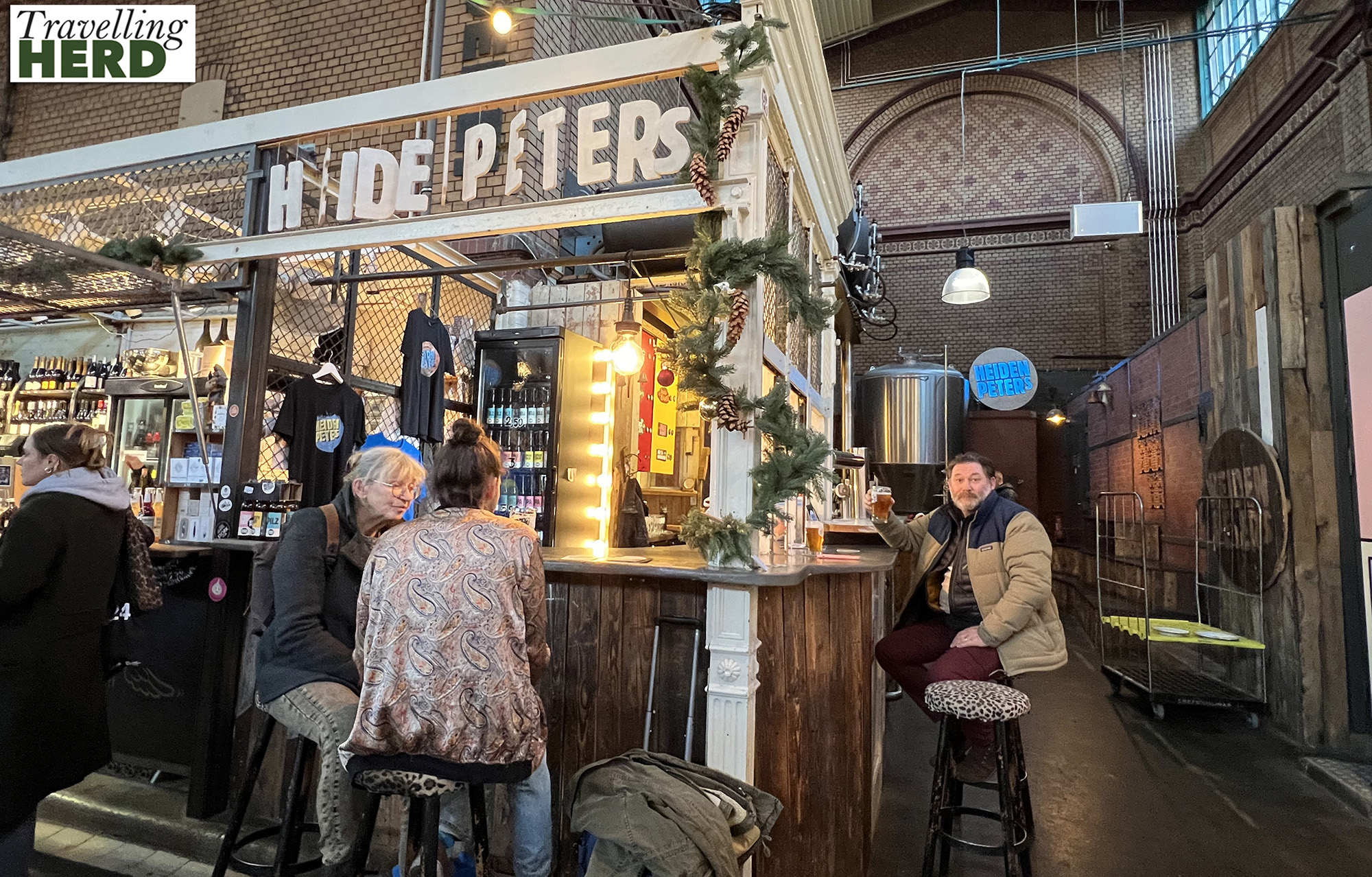
From here we strolled towards Checkpoint Charlie probably the most well known of the crossing points between East and West Berlin during the Cold War [see Selfie of the Day].
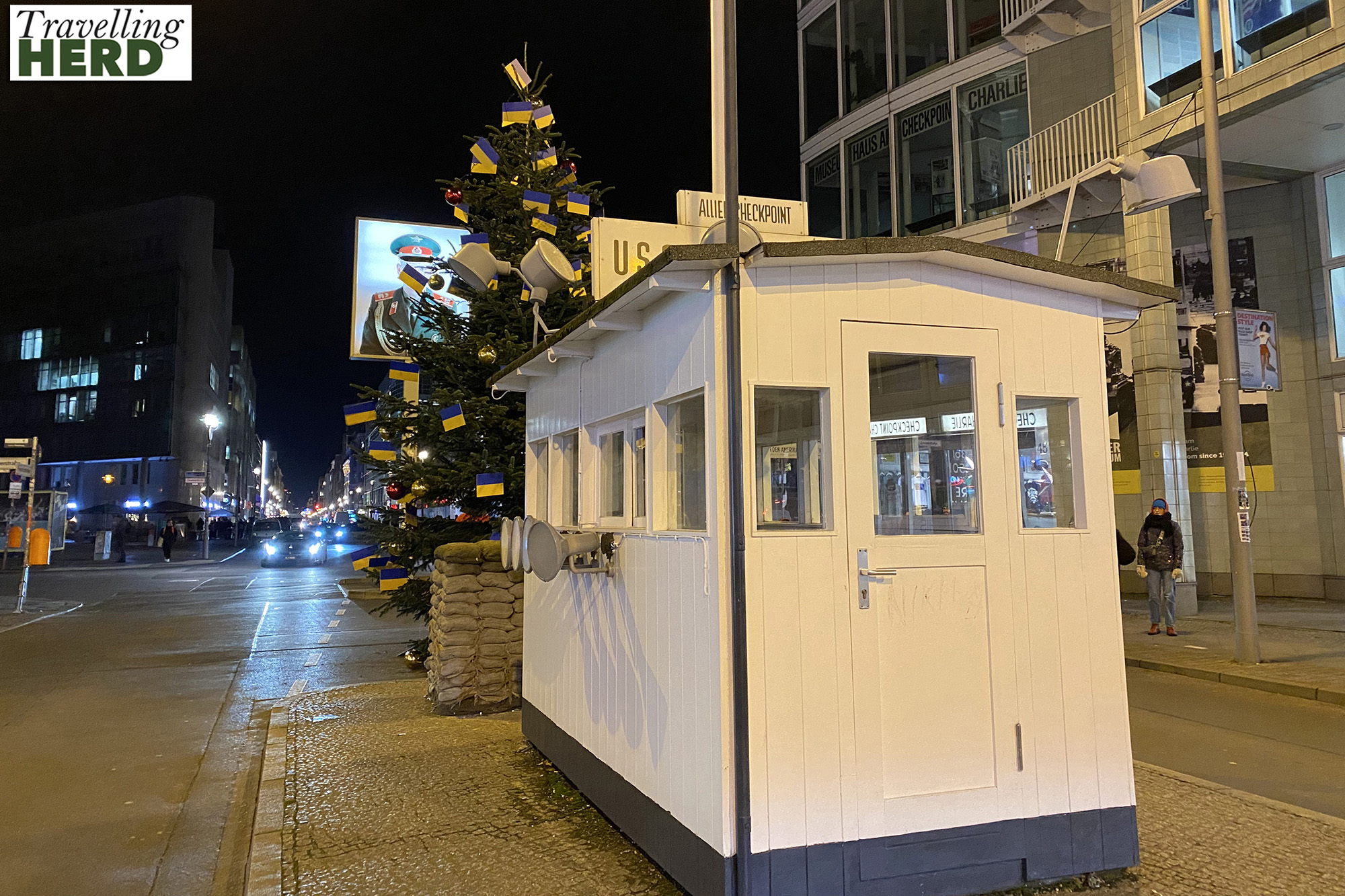
The original guardhouse was removed and is on display in a museum but a replica of the booth and the sign have now been erected on approximately the same site. Even though the wall came down just 35 years ago, it is difficult to imagine how different life must have been in the two sides of this once-divided city.

Selfie of the day:
